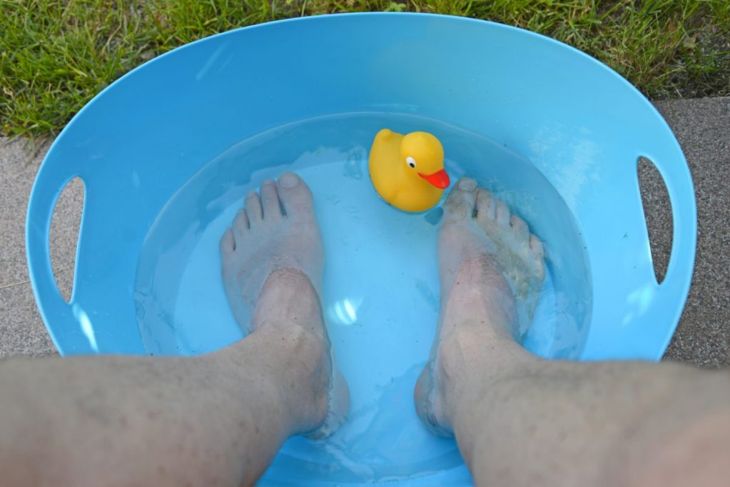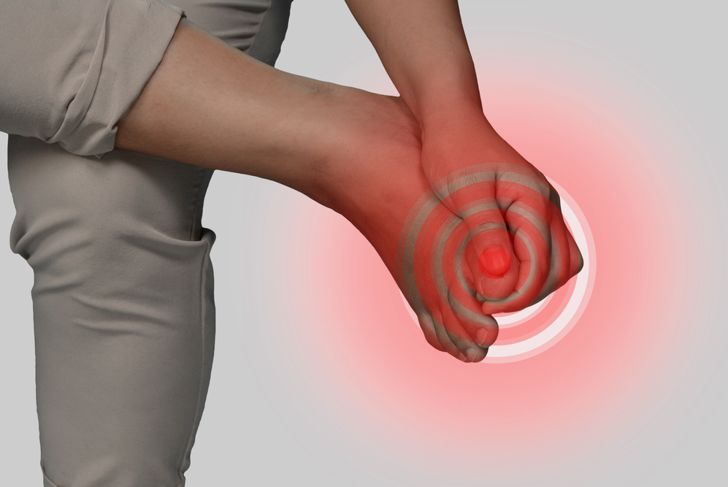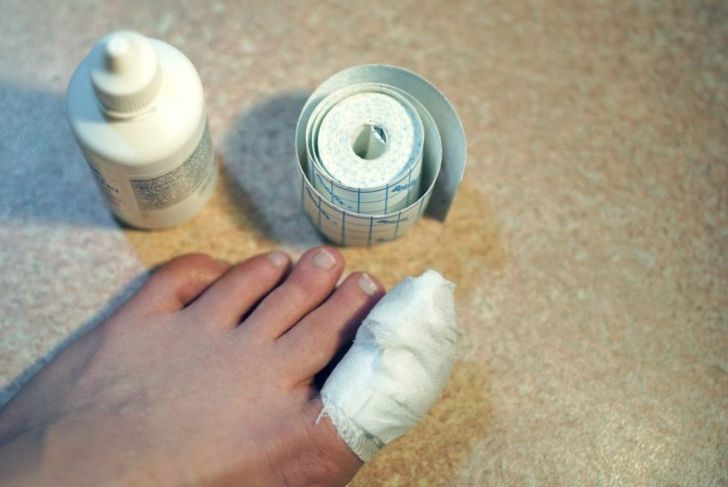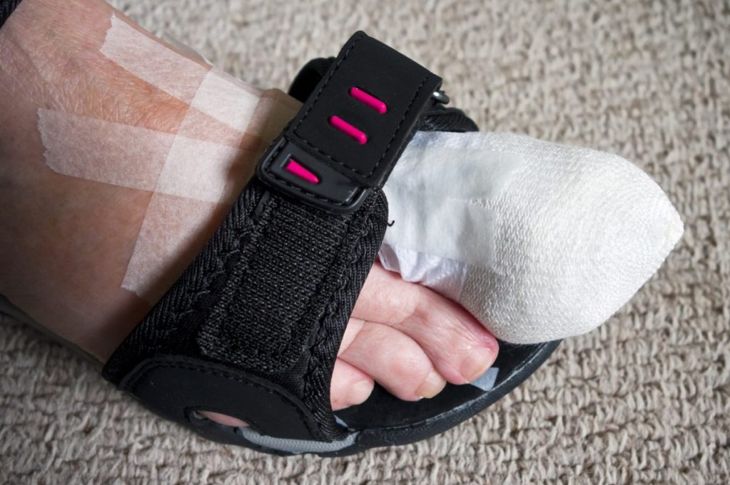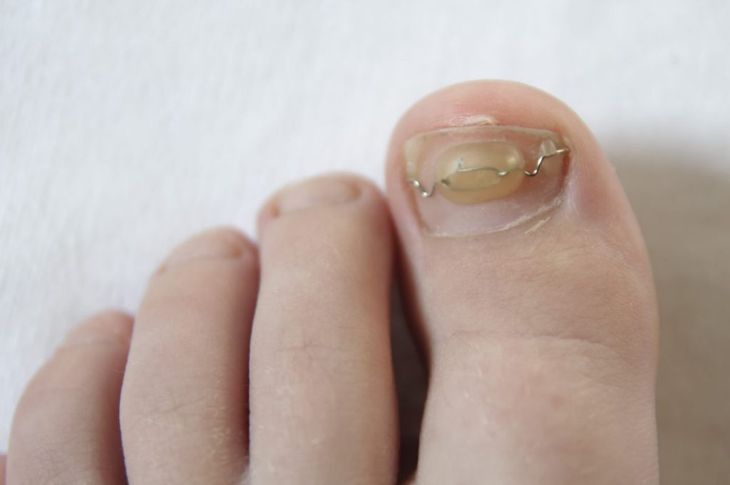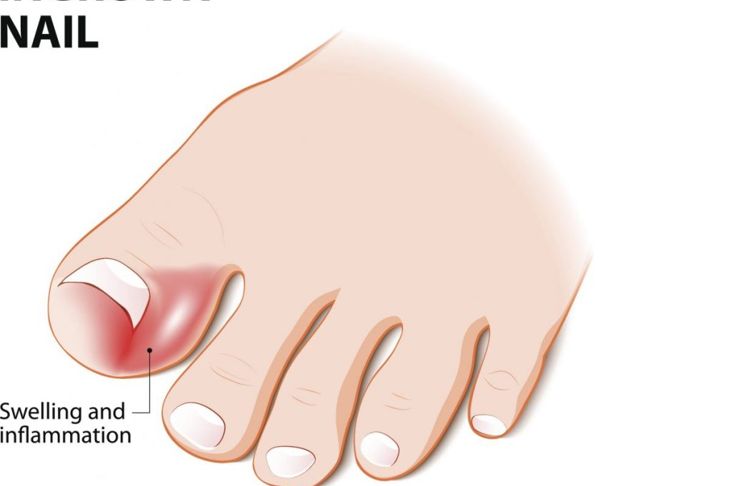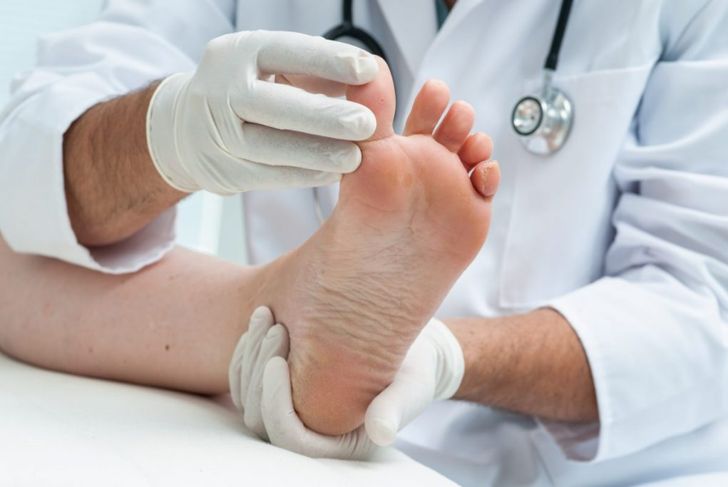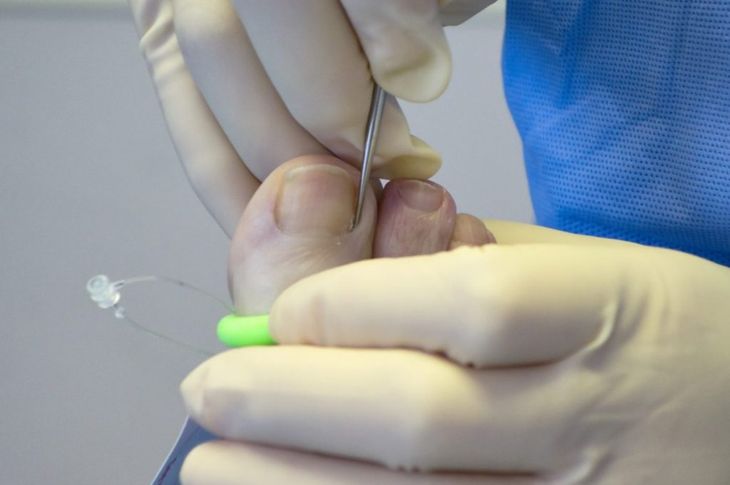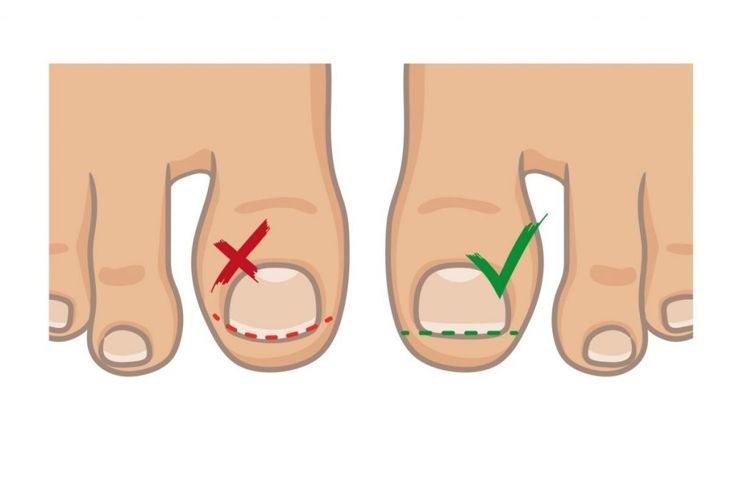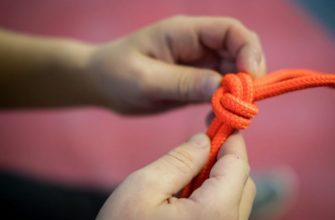No one likes getting an ingrown toenail, but unfortunately, they’re a prevalent condition. Ill-fitting shoes, cutting your nails the wrong way, or stabbing your toe can all cause the edge of the toenail to curve and grow into soft skin. The result is redness, swelling, pain, and general discomfort. You need to treat an ingrown toenail quickly to avoid infection and potentially losing the nail. Luckily there are several home remedies you can try before having to resort to seeking medical help.
Soak in Warm Water
The simplest remedy is to soak your foot in warm, soapy water. This helps reduce swelling, soften the ingrown toenail’s surrounding skin, and ease any pain. There’s no need to use a fancy home foot spa. Simply use a bowl that’s large enough for you to put your foot in. Don’t use hot water as this will cause your toenail to swell. Soak the affected foot for 15-30 minutes, 2-3 times a day. For additional relief, try adding some Epsom salts to the water.
Lift the Toenail
Soaking your foot regularly can help to ease the pain, but you may also need to encourage the toenail to grow in a different direction. Gently lift the corner of the nail and working waxed dental floss or a small piece of cotton wool beneath it. Replace the dental floss or cotton wool daily. This method may be painful the first time you lift, but persevere, and within a couple of weeks, your ingrown toenail should grow back out again.
Use Antibiotic Cream
Over-the-counter antibiotic cream or ointment can help reduce the risk of infection and promote healing of ingrown toenails. Following the manufacturer’s instructions, apply the antibiotic to the ingrown toenail and the surrounding area. Loosely cover the toe with a bandage and repeat the process every morning and evening. You can also use antibiotic cream or ointment after soaking your foot in warm water.
Wear Comfy Shoes
A leading cause of ingrown toenails is wearing shoes that are too tight. When your existing ingrown nail is trying to heal, it’s even more important to give your feet room and avoid wearing shoes that put pressure on the toes. Try wearing sandals or open-toed shoes as often as possible. This may not be the most stylish look, especially with a bandage on your toe, but it’s better than having a trip to the doctors to have your toenail removed.
Take Pain Medication
If the pain from an ingrown toenail is causing you discomfort, try taking over-the-counter pain medication. If there is some swelling, an anti-inflammatory can help reduce this as well as provide relief from the pain. You may also want to take pain relief medication if you are planning on using the method of lifting your toenail.
Toe Brace
Another remedy for ingrown toenails that’s available from many pharmacies is a toe brace. These usually consist of a strip of thin, adhesive material that you glue onto the nail. Initially, the toe brace will protect your skin from the sharp nail. However, over time, the brace helps lift the edges of the toenail so it will no longer grow into the skin.
When to See a Doctor
If your home remedies haven’t worked after a few days and your ingrown toenail is still bothering you, make an appointment to see a doctor. Additionally, if there are any signs of infection such as redness, pus, swelling, or a foul smell, do not hesitate to seek medical advice. Most importantly, those who have diabetes or any condition that could affect blood flow to the feet should speak with a physician before trying any self-help remedies.
What Will the Doctor Do?
If your ingrown toenail is causing discomfort due to an infection, a doctor will probably prescribe oral antibiotics. This will clear up the infection and prevent bacteria from taking root beneath the nail. Your doctor will probably try to lift the nail and pack it with gauze or cotton. Make sure they provide you with instructions on how to treat it when you are home.
Partial or Total Nail Removal
In cases where the nail is significantly embedded in the skin, a doctor may opt to remove part of the nail. It may sound extreme, but this will relieve the pressure, pain, and irritation that an ingrown toenail causes. It may not look pleasant, but your nail will grow back within 3-4 months.The last resort for recurring or severe cases of ingrown toenail would be to remove the entire affected nail. Even then, the nail will still grow back but can be slightly misshapen.
How to Prevent Ingrown Toenails
The best way to fix an ingrown toenail is to not get one in the first place. There are a few steps you can take to prevent them from occurring. Always wear good fitting shoes that leave plenty of space in the toe area rather than pushing down on your toes. Socks and hosiery should also allow your toes to move freely.Clip your toenails every 2-3 weeks to keep them a reasonable length. Cut them straight across rather than making them rounded. Curved toenails have a greater chance of growing inward. With the right preventative care, you should never be bothered by ingrown toenails.

 Home
Home Health
Health Diet & Nutrition
Diet & Nutrition Living Well
Living Well More
More